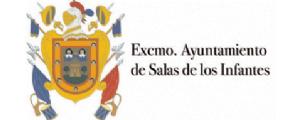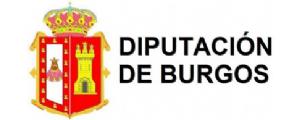La Yecla Natural Park and Arlanza’s Sabinares Trees
This natural park in La Yecla covers also an area with a valley, the hills of Cervera, Mataviejas gorge, Carazo’s plateau, Gayubar’s forest and Mamblas highland. A spectacular natural panorama
Lions Vultures
Sabinar unique in the world
The Sabinares del Arlanza, slopes of their qualification as Natural Park, are formed by extensive forests of "sabina albar", some of which surpass two thousand years of life. Aside from these sabinares, the most extensive and the best conserved of all the planet, this natural space also lodges other species like oaks, "quejigos" and "rebollos". Thanks to a rocky relief, with great practically cut inaccessible, an abundant population of birds rapaces have been developed, between them we can mark the lion vulture, but also others like the real eagle, "perdicera y calzada" , the "halcón peregrino", sparrowhawk, azor, egyptian vulture, real owl, in addition to other animal species like the wolf, wild boar, otters and endless of aquatic birds.









